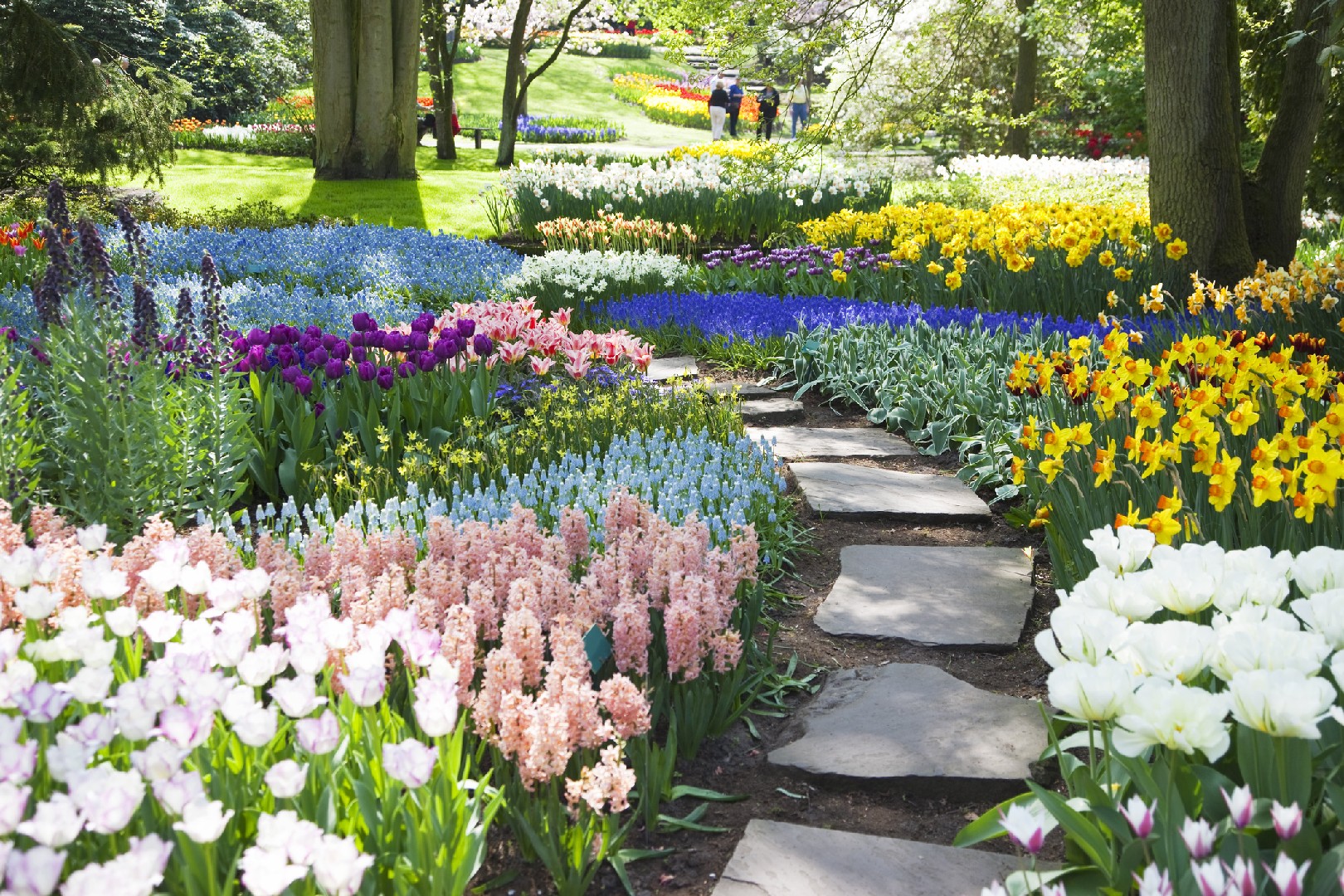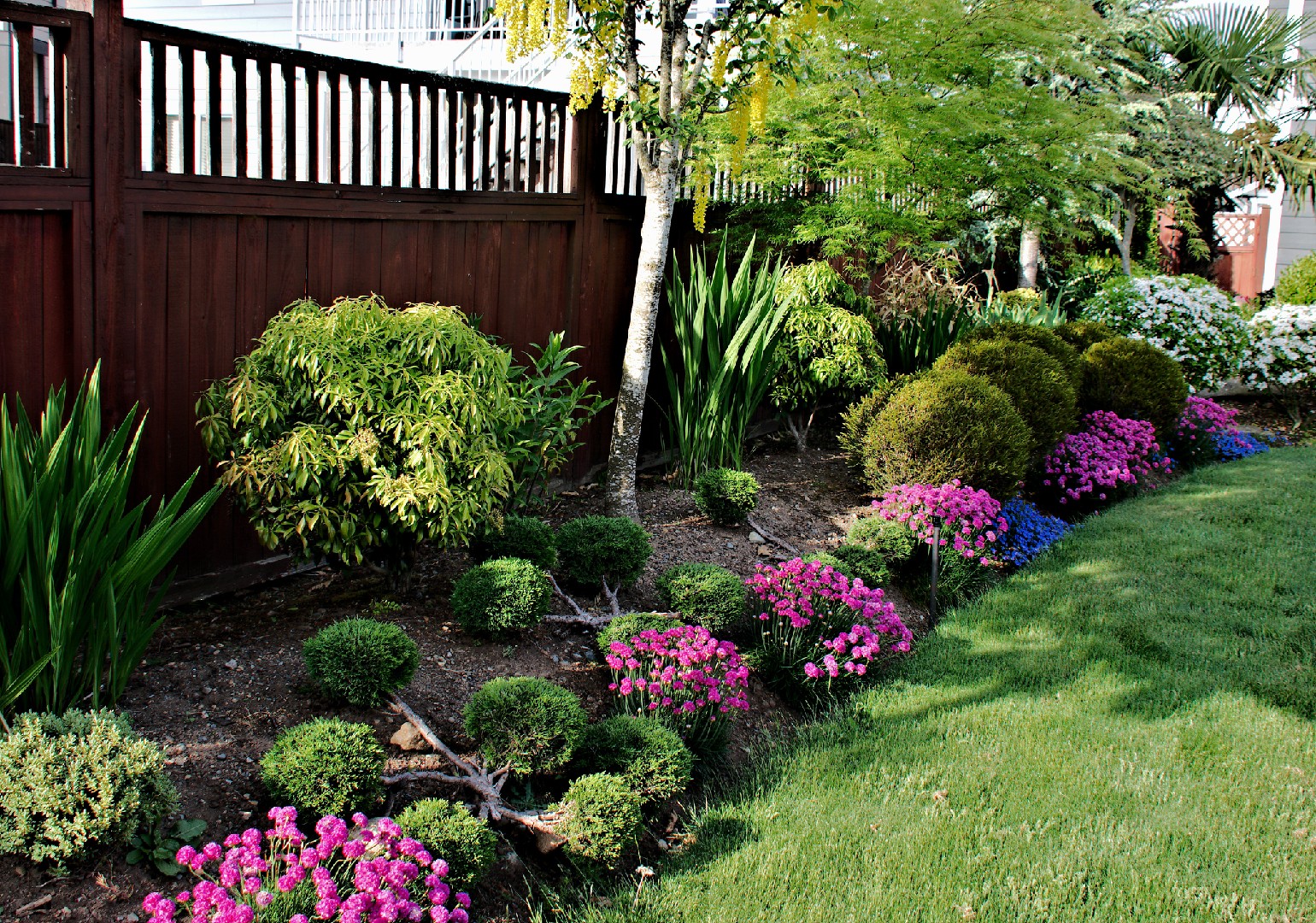![Rectangle]()
Planning Your Spring Garden Design
When it comes to planning your spring garden design, there are several factors to consider. By taking these into account, you can create a vibrant and thriving garden that will delight you and your guests throughout the season.
The first step in planning your spring garden design is to consider the space, sunlight, and soil in your garden. Take some time to evaluate the layout of your outdoor area and identify the areas that receive direct sunlight, partial shade, and full shade. This information will help you choose the right plants for each area, as different plants have different sunlight requirements.
Next, think about the soil in your garden. Is it sandy, clayey, or loamy? Understanding your soil type is crucial because it will determine the types of plants that can thrive in your garden. Some plants prefer well-draining soil, while others thrive in moist or acidic soil. Consider conducting a soil test to determine the pH level and nutrient content of your soil. If necessary, you can amend the soil with organic matter or fertilizers to create an ideal growing environment for your plants.
Once you have assessed your garden's conditions, it's time to choose a mixture of plants for varied interest and seasonal color. Incorporate a combination of annuals, perennials, bulbs, and shrubs to create a diverse and visually appealing garden. Annuals provide instant color and are perfect for filling in gaps, while perennials and bulbs offer long-lasting beauty year after year. Shrubs add structure and can serve as focal points in your garden design.
To ensure ongoing vibrancy in your spring garden, plan for continuous blooms throughout the season. Consider selecting plants that bloom at different times, so you always have something in bloom. This will not only add visual interest but also attract pollinators to your garden, such as bees and butterflies.
Remember to take into account the height, texture, and form of your chosen plants. By incorporating a variety of heights and textures, you can create depth and dimension in your garden. Additionally, consider how the plants will interact with each other as they grow. Some plants may spread and need ample space, while others may require support structures such as trellises or stakes.
In conclusion, planning your spring garden design requires thoughtful consideration of the space, sunlight, and soil in your garden. By selecting a mixture of plants for varied interest and seasonal color, as well as planning for continuous blooms, you can create a vibrant and thriving garden that will bring joy throughout the season. Remember to take into account the height, texture, and form of your chosen plants to create depth and dimension. Happy gardening!





